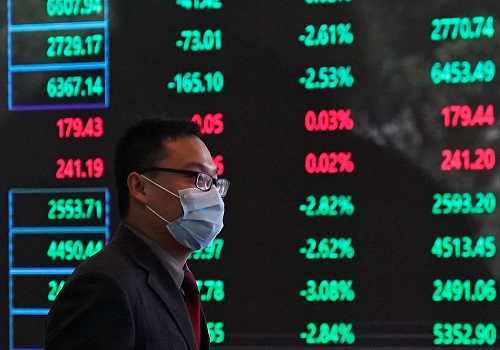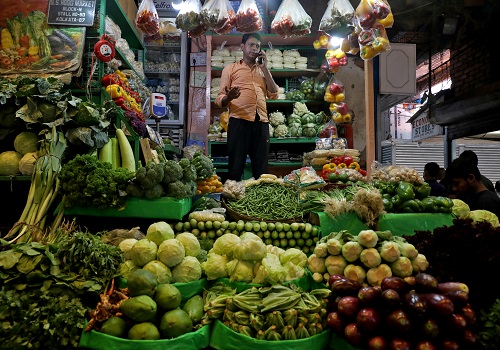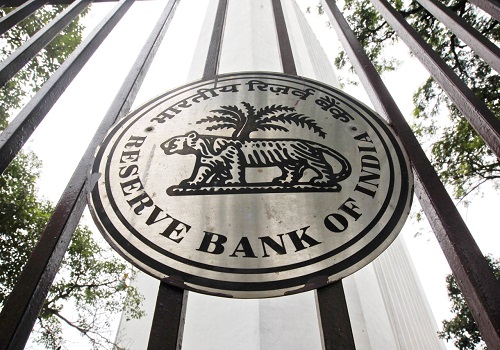Asia-Pacific region to grow 4.6% in 2023, predominantly driven by buoyant outlook for China, India: IMF

Follow us Now on Telegram ! Get daily 10 - 12 important updates on Business, Finance and Investment. Join our Telegram Channel
The International Monetary Fund (IMF) in its ‘Regional Economic Outlook - Asia and Pacific’ report has stated that growth in the dynamic Asia-Pacific region is likely to increase to 4.6% this year (2023) from the 3.8% recorded in 2022. It added that the region would contribute around 70% of global growth. It noted that Asia and Pacific will be the most dynamic of the world’s major regions in 2023, predominantly driven by the buoyant outlook for China and India, and added that the two largest emerging market economies of the region are expected to contribute around half of global growth this year, with the rest of Asia and Pacific contributing an additional fifth.
It highlighted that Asia’s dynamism will be driven primarily by the recovery in China and resilient growth in India, while growth in the rest of Asia is expected to bottom out in 2023, in line with other regions. Meanwhile, the IMF said 2023 looks to be a challenging year for the global economy, with global growth decelerating as the effects of monetary policy tightening (through consistent interest rate hikes) and Russia’s war in Ukraine continue to weigh on economic activity. Also, persistent inflationary pressures, and recent financial sector problems in the U.S. and Europe, injecting additional uncertainty into an ‘already complex economic landscape’.
The growth in the Asia Pacific region is also getting a fresh impetus from China’s reopening of its economy after extended COVID-19 related restrictions. However, the IMF cautioned that this dynamic outlook does not imply that policymakers in the region can afford to be complacent. It added ‘monetary policy should remain tight until inflation falls durably back within target. The exceptions are China and Japan, where output is below potential and inflation expectations have stayed muted’.












 320-x-100_uti_gold.jpg" alt="Advertisement">
320-x-100_uti_gold.jpg" alt="Advertisement">












